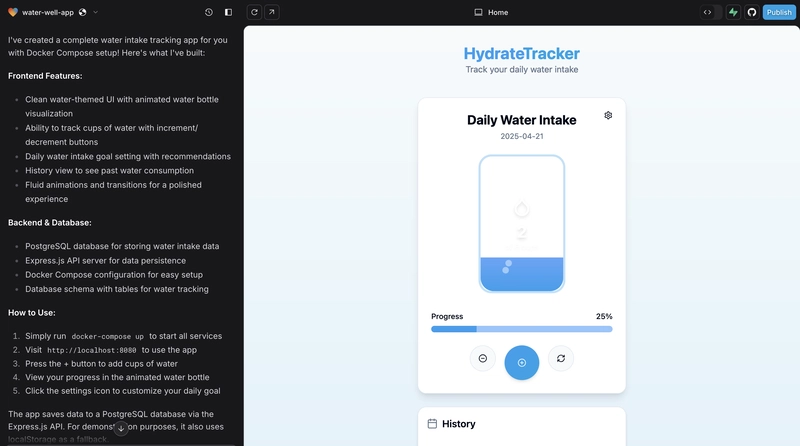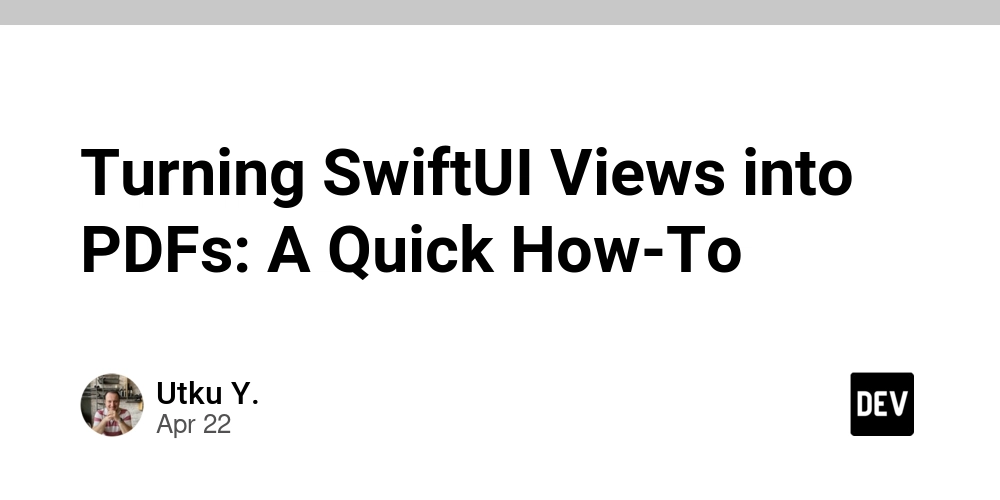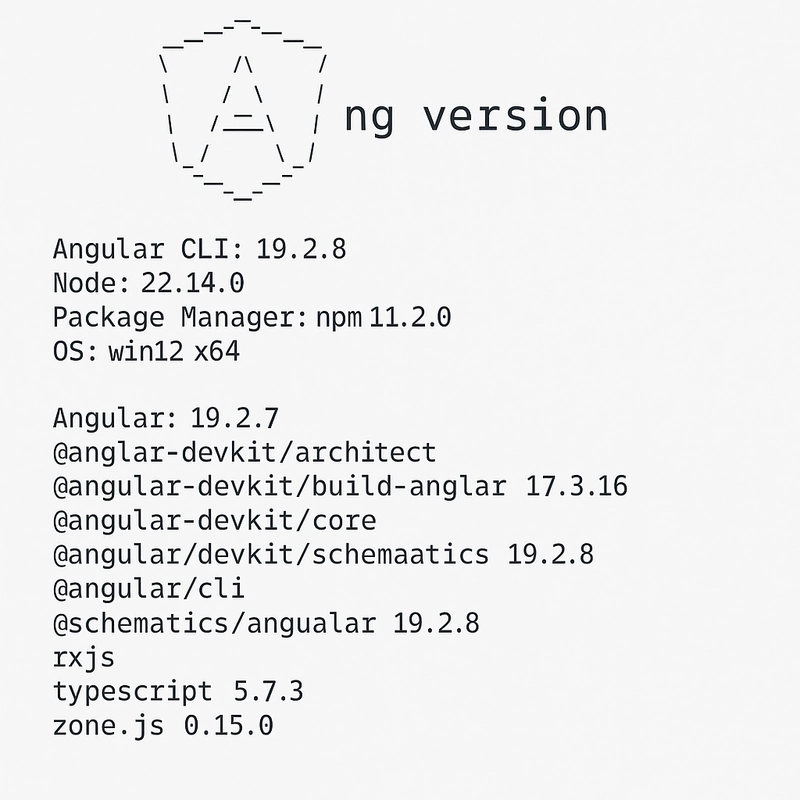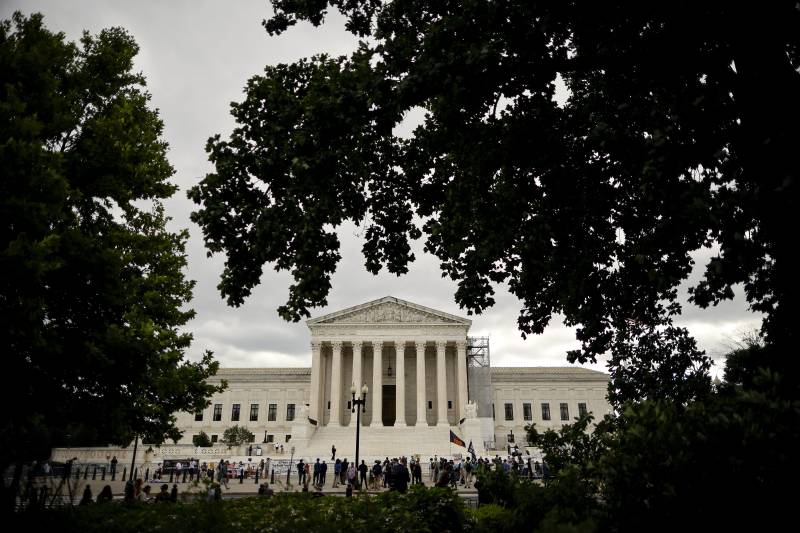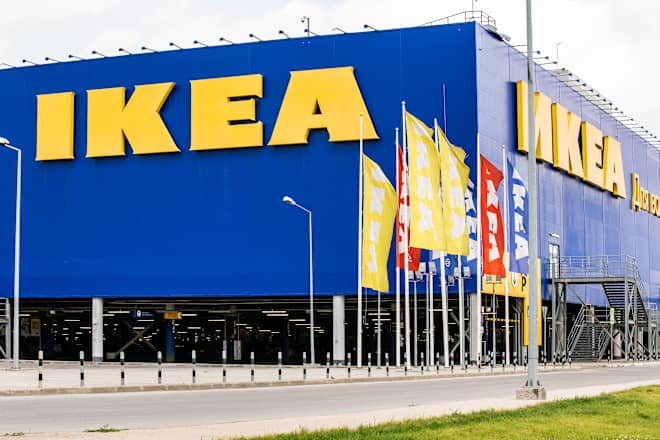Will Trump’s Tariff Tirade Upend TV Upfronts? | Analysis
The White House’s trade policies are adding a new layer of caution and uncertainty for Madison Avenue ahead of Hollywood’s annual presentations to advertisers in May The post Will Trump’s Tariff Tirade Upend TV Upfronts? | Analysis appeared first on TheWrap.

President Donald Trump’s sweeping tariffs have introduced a new layer of caution and uncertainty for Madison Avenue as Hollywood fights for its share of tens of billions of dollars in ad spend during its annual TV upfronts in May. While the negotiations are always high stakes for media companies and buyers, an unsettled economy complicates the process.
“Even before [the tariffs], clients were cautious. That’s what we’ve been seeing pretty consistently,” one media buyer who requested anonymity told TheWrap. “But they have definitely increased the amount of caution, and I think that emphasizes the amount of flexibility that our clients are going to need.”
Madison & Wall CEO and principal analyst Brian Weiser, who recently cut his 2025 ad spend forecast citing negative factors including volatility around trade policies, said there’s a “proper understanding” of the chaos the Trump administration intends to bring. The S&P 500 alone lost over $5.83 trillion in market value over the course of four days earlier this month due to the tariff uncertainty.
Though the White House has given somewhat of a reprieve with a 90-day pause on 75 of the countries impacted by the tariffs, Trump increased tariffs on China to 145%. The country, which is the second largest film market in the world, has retaliated by raising its own tariffs on U.S. goods to 125% and said it would “moderately reduce” film imports from the U.S., among other countermeasures.
On Friday, the Trump administration set new guidance that smartphones and other electronics would be exempt from the China tariffs. However, Trump said in a Sunday Truth Social post that there was no exception announced and that the products are just being moved to a different bucket.
“You can play out how everyone will be feeling in a couple months, and it won’t be good. It will be worse than it is right now,” Weiser said. Though he acknowledged whatever happens in the upfront doesn’t dictate the full 2025-26 broadcast season, he expects “relative weakness,” noting there “won’t be a rush to cut any aggressively priced deals.”

Dave Morgan, founder and CEO of cross-channel adtech company Simulmedia, said the 2025 upfront was already a buyers’ market and that tariff uncertainty only makes the “buyer/seller imbalance” worse. The pause in tariffs prevented the upfronts from being an “unmitigated disaster,” he added, but the lack of clarity for many of the brands and retailers that drive spend will be “an enormous overhang on the entire process” and most buyers will want to “maximize their dry powder.”
The complications associated with Trump’s shifting policies come as the declining linear TV business is already facing pressure, with ad dollars shifting towards streaming services and tech giants like Amazon and YouTube — a trend that’s expected to continue in the latest round of negotiations.
“With the secular pressures already facing the linear TV ecosystem, we worry television might succumb to a similar dynamic we saw with radio and newspapers in prior recessions,” MoffettNathanson analysts Michael Nathanson and Robert Fishman wrote in a recent research note. “If ad budgets shift away from linear TV at an accelerated rate, we fear ad buyers will look at more permanent alternatives led by connected TV streaming services or an even heavier digital mix.”
Of the major media companies, the pair estimated Netflix’s revenue has the least exposure to the advertising market (4%). When factoring in their theme parks, Disney and Comcast had revenue exposure of 46% and 20%, while Fox, Paramount and Warner Bros. Discovery had exposure of 39%, 35% and 21%, respectively. Meanwhile, YouTube owner Alphabet has a 76% revenue exposure to advertising despite being diversified, while Roku has a 60% exposure, per the firm’s estimates.
With many of the big upfront presentations still about a month away, another media buyer requesting anonymity argued it’s too early to definitively say whether brands will cut back their spend.
“It’s a little bit of a wait and see. This could affect budgets, but we don’t know what that would look like at the moment to be honest with you,” the second buyer said. “I’m sure clients will be scrambling over the next few weeks to figure out what they’ve got to do.”
Tariff troubles
Experts suggested the tariff impact could be wide-reaching across industry sectors, with everything from consumer packaged goods to electronics and automakers caught in the crosshairs.
“If you’re a brand who has a significant amount of offshore manufacturing or you import a significant amount of your products, that’s going to weigh on things quite a bit,” Advertiser Perceptions’ vice president of business intelligence Eric Haggstrom said. “The current administration isn’t clear about how long they’ll last and what the impact on businesses will be. So that’s going to be something that casts a shadow over these upfront negotiations.”
Haggstrom expects social media and retail media to see “significant headwinds,” noting China-based advertisers account for a major portion of spend in those channels in the U.S. He estimates year over year ad spend growth in the second and third quarters will be flat on the high end and no further than a 5% decline on the low end. Despite the trade war, streaming TV’s growth outlook and growing share in the upfront marketplace “remains positive,” he added.

A February survey of 100 “advertising decision-makers” conducted by the Interactive Advertising Bureau found that 94% of respondents are concerned about the impact of tariffs on ad spending. Of those, 57% said they were “extremely concerned” and 37% were “somewhat concerned.”
Traditional media and social advertising are expected to see the largest budget reductions, while connected and online video may be more resilient, per IAB. Respondents see retail/ecommerce, consumer electronics and media and entertainment as the top three most likely categories to face ad budget reductions, followed by financial services, travel and hospitality, pharmaceuticals, tech/telecom, restaurants/QSR and consumer packaged goods.
The majority of respondents surveyed (60%) believe ad budgets will decline by 6% to 10% due to tariff-related pressures, while 22% expect even steeper decreases of 11-20% and 14% expect only 0-5% decreases. Most respondents expect those contractions to occur in the second and third quarters of the year.
While 45% of respondents said they’re reducing overall ad spend to address financial constraints caused by the tariffs, 35% said they’re increasing focus on performance-based campaigns, 29% said they’re shifting to digital channels with better measurement, 28% said they’re adjusting campaign messaging and 21% said they’re negotiating for greater flexibility.
IPG Mediabrands’ Magna, who also recently cut their ad spend forecast for 2025, predicted growth areas such as artificial intelligence and ad-supported streaming should encourage advertisers to maintain or expand their budgets, with the firm projecting media owners’ advertising revenues will grow by 4.3%, down from the previous forecast of 4.9%.
The company forecasts “digital pure players” such as Google, Meta, Amazon and Spotify will grow ad revenues 9.6% to $293 billion, while traditional media may see a decline of 1% to $103 billion. Linear and streaming are expected to remain stable at around $46 billion, as a 14% increase in ad-supported streaming offsets a 7% decline in linear ad sales. Magna predicts streaming ad revenues will grow 14% to $12.4 billion — or 27% of total cross-platform national TV sales.
What advertisers want
Beyond flexibility, buyers are looking for more transparency from media companies around their scale, reach and performance.
“We’re looking at how each of these streamers fits into who the consumer is that we’re going after,” the second buyer said, adding, “A few years ago, Netflix didn’t even have an ad tier, and while their ads business is still quite small, the idea is that they’ll grow over time. So it makes sense to make sure they’re a part of the mix.”
A third media buyer said Amazon is an interesting opportunity, given that its sprawling ads business covers more than just streaming, and that the reach of YouTube on TVs can’t be ignored in spending decisions.
“If you’re just looking at reach, YouTube has to be part of the mix,” the buyer said. “So YouTube is a threat, but so are a lot of the social platforms. If they’re stealing budgets away from the traditional guys, consumption and viewership is going that way as well.”
While acknowledging the scale and reach of Netflix, Prime Video and YouTube is siphoning off ad dollars from the traditional media giants, EDO CEO Kevin Krim argued it would be a mistake to rule out linear TV, noting that advertising in the space can still drive twice as much traffic in key categories like quick-service restaurants (QSR).
“For smart marketers, the real opportunity lies in striking the right cross-platform balance between linear and streaming to maximize engagement,” Krim said.

Ultimately, as with previous years, advertisers’ spending decisions will come down to which companies offer the most favorable pricing.
During the 2024-25 upfront season, primetime TV ad sales on linear fell 13.7% year over year to $18.4 billion, with cable declining 4.8% to $9.07 billion and broadcast slipping 3.5% to $9.34 billion, according to Media Dynamics Inc, while streaming ad spend grew 35.3%, to $11.1 billion.
But streaming’s cost per thousand impressions (CPM) for a 30-second spot fell by 16.7% to $29.50 amid tougher negotiations with sellers as ad dollars shifted to FAST services, Amazon and YouTube.

Prime Video’s decision to switch its user base of 200 million monthly active users globally to ad-supported by default suppressed pricing across the streaming industry, with eMarketer forecasting CPMs across the major players to range from as high as $33.76 to as low as $23.20 as in the second quarter of 2025.
And media buyers still see room for pricing to come down, given the flood of available inventory. While sports is always going to demand the highest CPMs, in other areas “it’s still a commodity, and we should be able to have the luxury of pushing down pricing,” the third media buyer said. “I don’t know what the bottom is, but I do think there’s still room to come down considerably.”
Upfront optimism
While there’s been much debate about the relevancy of the TV upfront as more and more consumption moves away from linear, media buyers and experts said there’s still an incredible amount of value in locking spend and inventory in advance.
Despite the “negative headwinds and clouds” in the market, Haggstrom is optimistic the upfront will be “relatively strong.”
A February survey by Advertiser Perceptions found two in five advertisers expect bigger budgets in 2025 than the previous year, with 40% of respondents expected to increase their spend on video. The firm estimates CTV ad spend will come in at $25.7 billion, with around 57%, or $14.72 billion, tied directly to upfront deals, while linear spend will hit an estimated $29.94 billion, with 77.4%, or $23.16 billion, tied to the upfront.
“Yes, there’s disruption and there is uncertainty,” the first media buyer conceded. “But I think those are also key elements to drive a lot of meaningful change.”
The post Will Trump’s Tariff Tirade Upend TV Upfronts? | Analysis appeared first on TheWrap.












